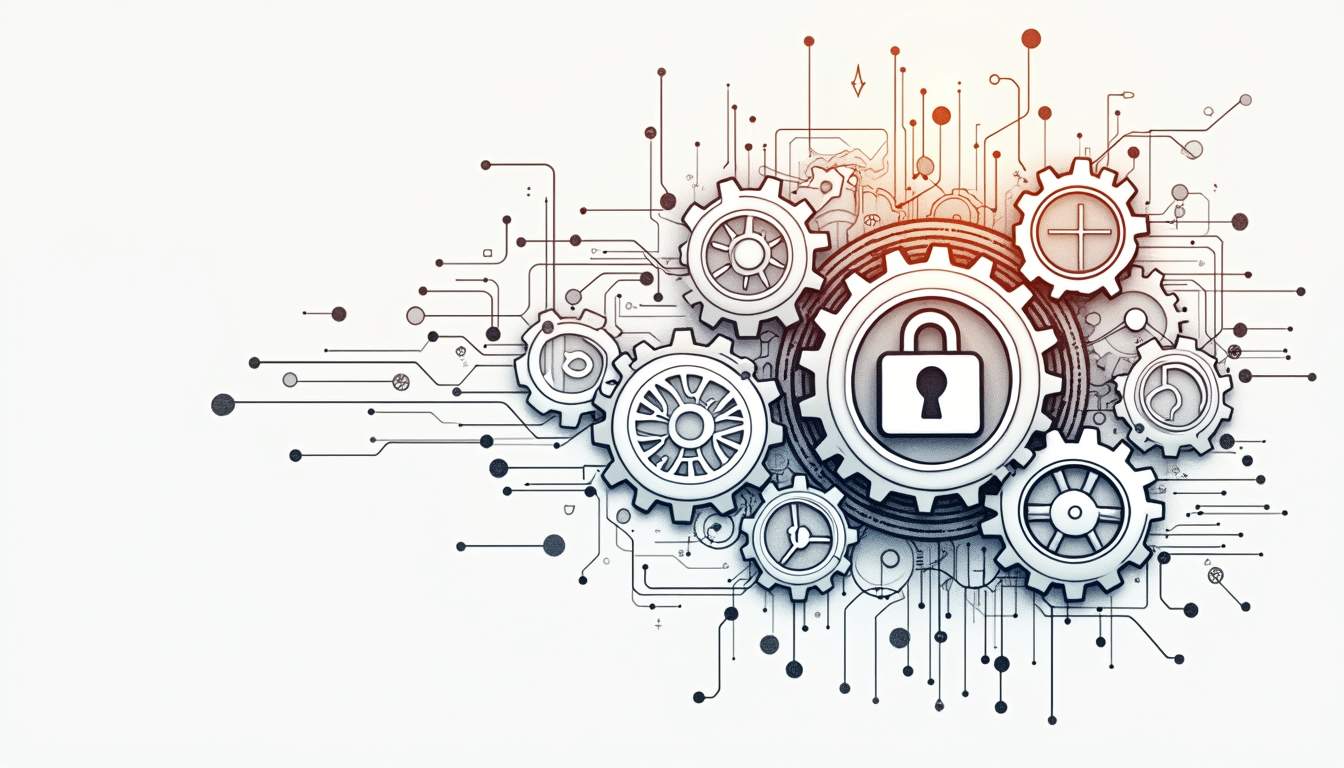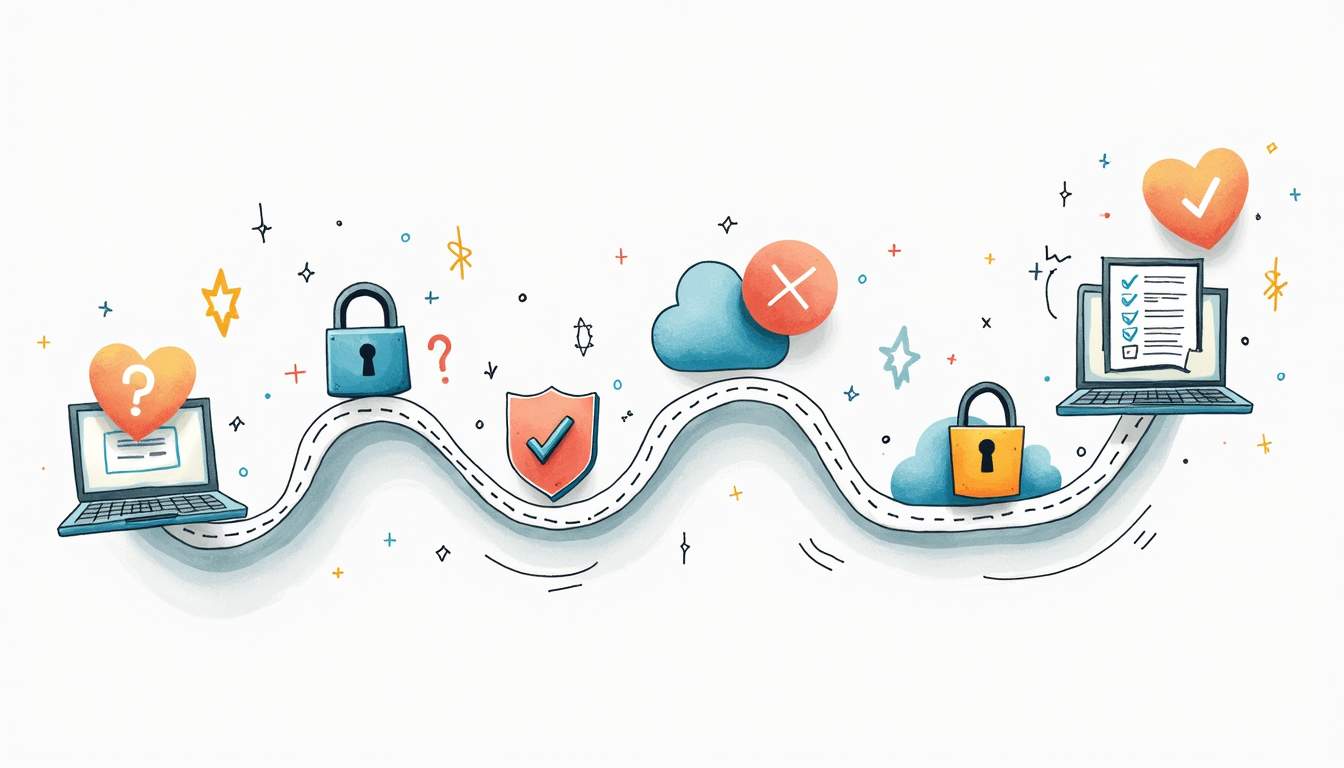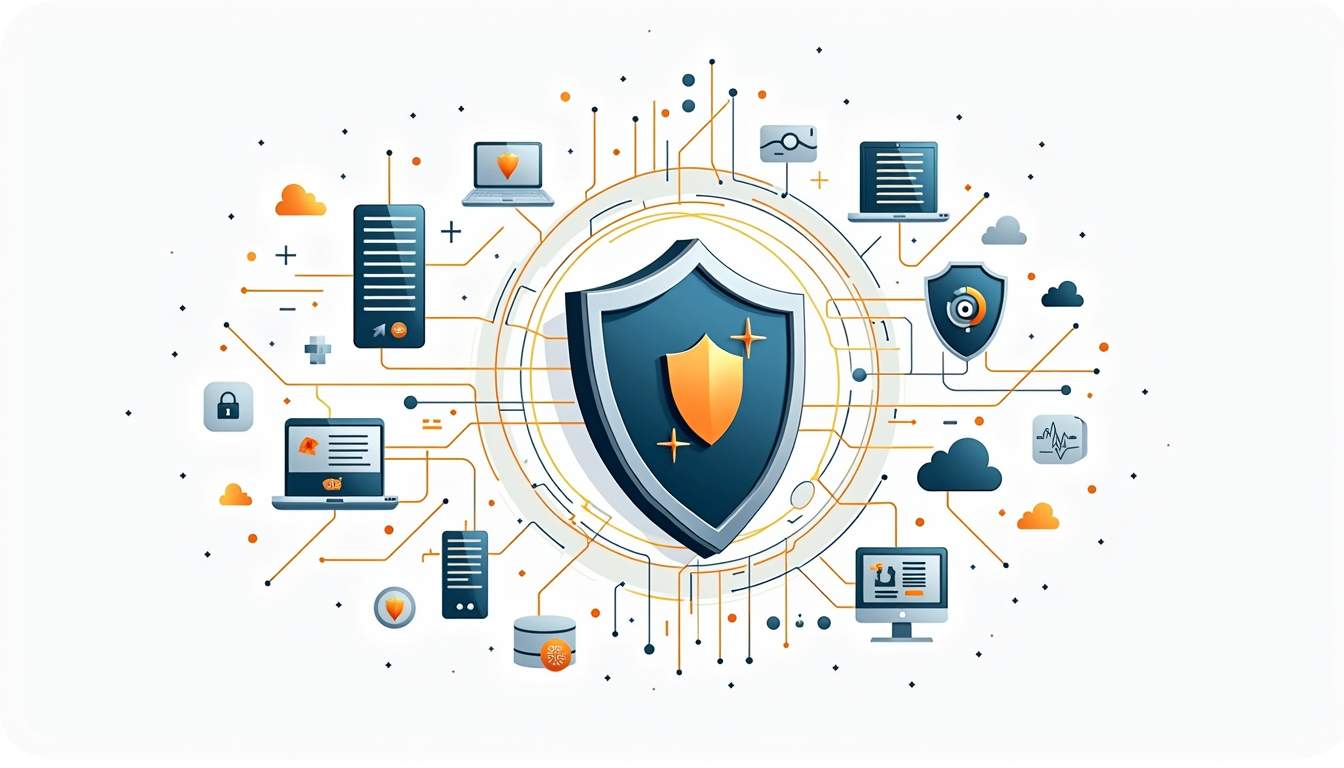Cybersecurity controls are essential measures that organizations can implement to protect their medical devices and information systems from unauthorized access, data breaches, and various cyber threats. In today’s digital age, the importance of cybersecurity cannot be overstated; especially for medical devices. With an increasing number of medical devices connecting to networks and online platforms, the need to protect sensitive data from cyber threats has become paramount.
Understanding Cybersecurity Controls
Cybersecurity controls refer to any protective measures and practices that organizations put in place to manage risk and reduce vulnerabilities in their information systems. These controls can be both technical and administrative, providing multiple layers of protection against potential threats. They’re key to meeting FDA’s cybersecurity requirements per their 2023 guidance document.

The Importance of Cybersecurity Controls
The significance of cybersecurity controls lies in their ability to safeguard data from a wide range of threats. By implementing these controls, organizations not only protect their technological infrastructure but also enhance their reputation, build customer trust, and ensure compliance with various regulatory frameworks.
Moreover, the financial implications of cyber incidents can be severe, resulting in data loss, financial penalties, and reputational damage. Cybersecurity controls serve as a proactive approach to preventing such incidents, ensuring that organizations are prepared to respond effectively when breaches do occur. In addition to these immediate concerns, the long-term impact of a breach can lead to increased insurance premiums, loss of business opportunities, and even legal ramifications, making the investment in robust cybersecurity controls not just a necessity but a strategic imperative for any organization.
Basic Concepts of Cybersecurity Controls
At their core, cybersecurity controls can be grouped into several fundamental categories: preventative, detective, corrective, and deterrent controls. Preventative controls are designed to stop attacks before they happen, while detective controls help organizations identify and respond to breaches. Corrective controls facilitate recovery after an incident, and deterrent controls serve to discourage potential attackers.
Understanding these categories helps organizations create an effective cybersecurity strategy tailored to their specific needs, thus ensuring comprehensive protection for both data and systems. For instance, preventative controls may include firewalls, encryption, and access control measures, while detective controls might involve intrusion detection systems and regular security audits. Corrective measures could encompass data backup solutions and incident response plans. By integrating these controls into a cohesive framework, organizations can not only fortify their defenses but also foster a culture of cybersecurity awareness among employees, which is crucial in mitigating human error—the leading cause of many security breaches.
Steps to Implement Cybersecurity Controls
Implementing cybersecurity controls is a structured process requiring careful planning and execution. Here are the key steps organizations should follow to ensure effective implementation.

Identifying Potential Threats
The first step in implementing cybersecurity controls is conducting a thorough risk assessment. This process involves identifying potential threats to the organization’s information systems, including malware attacks, phishing schemes, insider threats, and data leaks.
By understanding the specific threats that may affect their operations, organizations can prioritize their implementation efforts and allocate resources effectively to address the most significant risks first. It is also beneficial to stay informed about emerging threats and trends in the cybersecurity landscape, as new vulnerabilities can arise rapidly. Regularly updating the risk assessment ensures that the organization remains vigilant and prepared against evolving threats, fostering a proactive cybersecurity culture.
Choosing the Right Cybersecurity Controls
Once potential threats have been identified, the next step is to evaluate and select appropriate cybersecurity controls. This selection process should consider the organization’s unique needs, regulatory requirements, budget constraints, and the complexity of the IT infrastructure.
- Technical controls such as firewalls, intrusion detection systems, and encryption tools should be assessed for their effectiveness.
- Administrative controls such as security policies, training programs, and incident response plans must also be developed.
Additionally, organizations should consider implementing physical security measures, such as surveillance systems and access controls, to protect their facilities and hardware. Collaboration with cybersecurity experts can also provide valuable insights into the latest technologies and best practices, ensuring that the selected controls are not only effective but also aligned with industry standards.
Implementing the Controls in Your System
With the right controls chosen, organizations must execute an implementation plan. This involves deploying technology solutions, integrating processes, and training staff to ensure that everyone is aware of their roles in maintaining cybersecurity.
In this stage, it is critical to establish a system for documenting procedures, policies, and controls. An organized approach makes it easier to track compliance and facilitate audits in the future. Furthermore, organizations should consider establishing a feedback loop where employees can report issues or suggest improvements to the cybersecurity measures in place. This not only fosters a sense of ownership among staff but also helps in identifying gaps in the controls that may not have been apparent during the initial implementation phase.
Evaluating the Effectiveness of Cybersecurity Controls
Effective cybersecurity is not a set-it-and-forget-it endeavor; continuous evaluation of controls is essential for ensuring their efficacy. Organizations should regularly assess their cybersecurity measures to identify strengths and weaknesses. This proactive approach not only helps in mitigating risks but also fosters a culture of security awareness throughout the organization. By engaging employees at all levels, organizations can create a more resilient defense against potential cyber threats.
Regular Monitoring and Auditing
Regular monitoring of systems is vital for detecting potential threats in real-time. By utilizing security information and event management (SIEM) tools, organizations can analyze logs and alerts to identify suspicious activities. These tools aggregate data from various sources, providing a comprehensive view of the security landscape and enabling quicker response times to incidents.
Additionally, conducting periodic audits helps assess compliance with established policies and best practices. Audits can provide valuable insights into the effectiveness of existing controls and inform adjustments as needed. Beyond compliance, these audits can reveal gaps in security training among employees, highlighting areas where further education and awareness campaigns might be necessary to bolster the overall security posture.
Updating and Improving Your Cybersecurity Controls
As cybersecurity threats evolve, so too must the controls in place to protect against them. Organizations need to stay informed about emerging threats, regulatory changes, and technological advancements. This can involve subscribing to threat intelligence services, participating in industry forums, or collaborating with cybersecurity experts to gain insights into the latest attack vectors and defense strategies.
Regular updates to security software, ongoing training for staff, and refining policies are all critical aspects of maintaining robust cybersecurity controls. Adopting a continuous improvement mindset will help organizations adapt and enhance their protections over time. Furthermore, implementing a feedback loop where employees can report potential vulnerabilities or suggest improvements can lead to innovative solutions and a more engaged workforce, ultimately strengthening the organization’s overall cybersecurity framework.
Overcoming Challenges in Implementing Cybersecurity Controls
While implementing cybersecurity controls is essential, organizations often face challenges during this process. Recognizing these challenges is the first step toward overcoming them.
Dealing with Technical Challenges
Technical challenges can arise from the complexity of IT systems and applications. Integration issues may occur when different components of a cybersecurity strategy do not work harmoniously. Furthermore, legacy systems that are not designed with modern security protocols can pose significant hurdles, making it difficult to implement new controls without disrupting existing operations.
To mitigate these challenges, organizations should engage IT professionals with expertise in cybersecurity, as well as invest in user-friendly technologies that foster seamless integration. Additionally, conducting regular assessments of the IT infrastructure can help identify potential vulnerabilities and areas for improvement. By proactively addressing these technical issues, organizations can create a more robust cybersecurity framework that adapts to evolving threats.
Addressing Organizational Challenges
Organizational challenges can stem from a lack of awareness about cybersecurity and resistance to change from staff. To address these concerns, organizations must prioritize cybersecurity training and awareness campaigns. Implementing ongoing training programs that include simulations of potential cyber threats can significantly enhance employees’ understanding and preparedness.
Fostering a culture of cybersecurity within the organization, where employees understand the importance of their role in protecting sensitive information, is crucial for the successful implementation of cybersecurity controls. Encouraging open communication about security practices and establishing clear protocols can empower employees to take ownership of their responsibilities. Moreover, recognizing and rewarding proactive behavior in cybersecurity can further reinforce this culture, leading to a more vigilant and engaged workforce that is better equipped to handle potential threats.
Future Trends in Cybersecurity Controls
As technology continues to evolve, so too will the landscape of cybersecurity controls. Organizations must stay ahead of these trends to protect against emerging threats.

The Role of Artificial Intelligence in Cybersecurity
Artificial Intelligence (AI) is becoming increasingly important in cybersecurity. AI-powered tools can analyze patterns in data and identify anomalies significantly faster than a human operator.
By automating threat detection and response, AI can help organizations react promptly to potential incidents, minimizing damage and enhancing overall security posture.
The Impact of Quantum Computing on Cybersecurity Controls
Quantum computing promises to revolutionize many areas of technology, but it also poses significant risks to current cybersecurity practices. The ability of quantum computers to break traditional encryption methods calls for the development of quantum-resistant cryptography.
Organizations need to proactively consider how emerging quantum technologies will affect their cybersecurity measures and plan accordingly to ensure data remains secure.
In summary, implementing cybersecurity controls is a multifaceted process requiring a clear understanding of threats, careful selection of controls, and ongoing evaluation and improvement. By embracing a proactive approach to cybersecurity, organizations can create a safer digital environment.
Secure Your Medical Devices with CyberMed
At CyberMed, we understand the critical importance of cybersecurity in the medical field. Our dedicated team is committed to providing top-tier cybersecurity consulting and testing services to ensure your medical devices are protected against evolving cyber threats. With our expertise in FDA documentation and compliance, we streamline the process for 510(k) submissions, helping you avoid delays and secure FDA clearance with confidence. Don’t leave the security of your medical devices to chance. Learn More about how we can help you achieve the highest standards of cybersecurity and gain peace of mind in a digital world.

